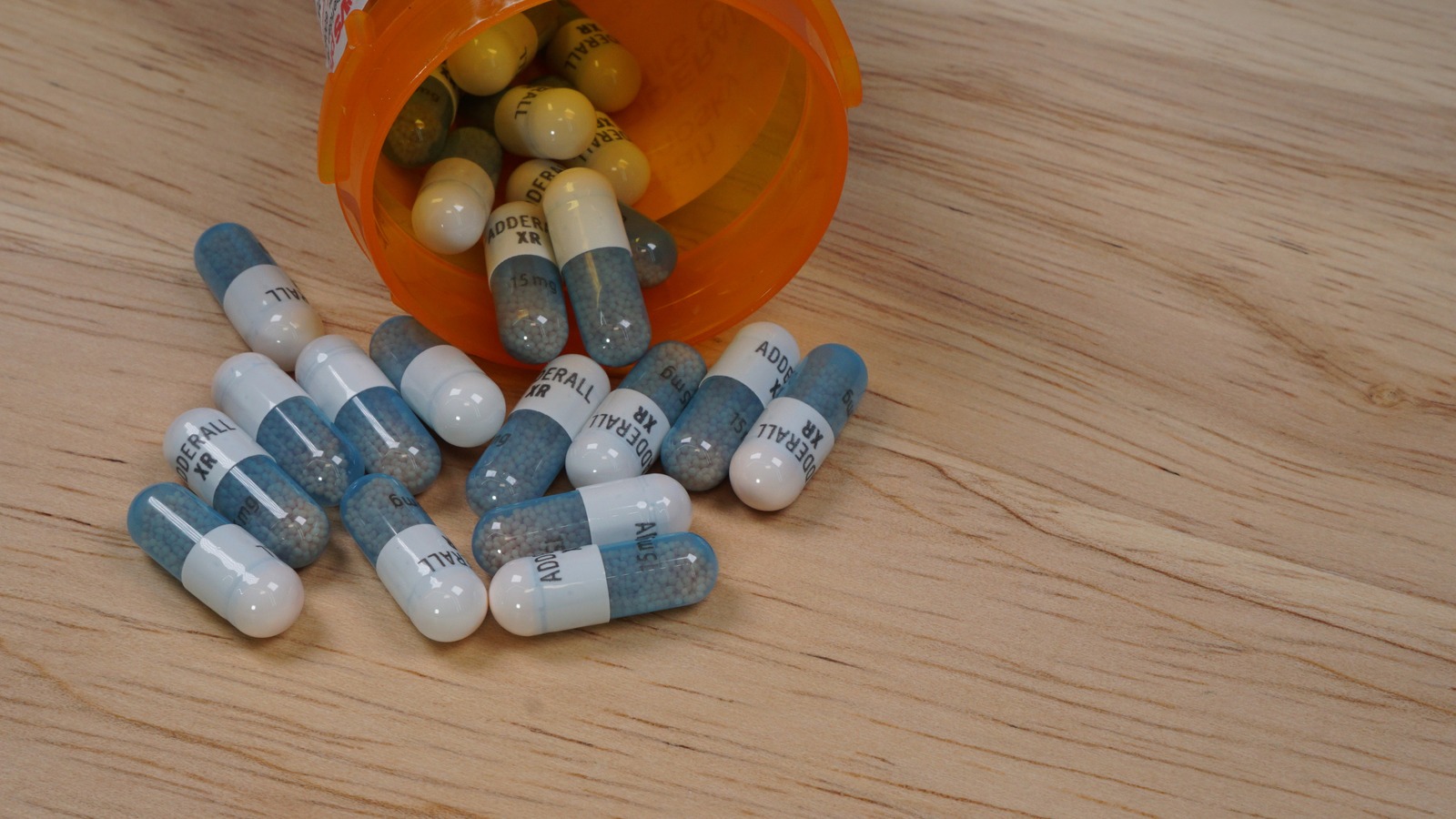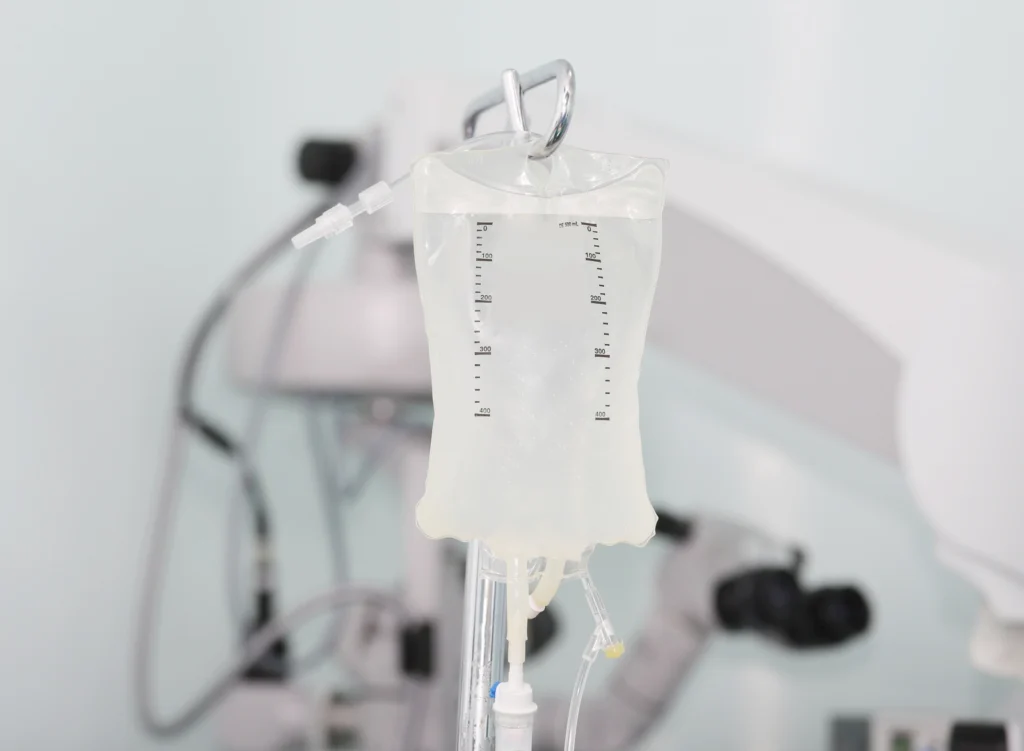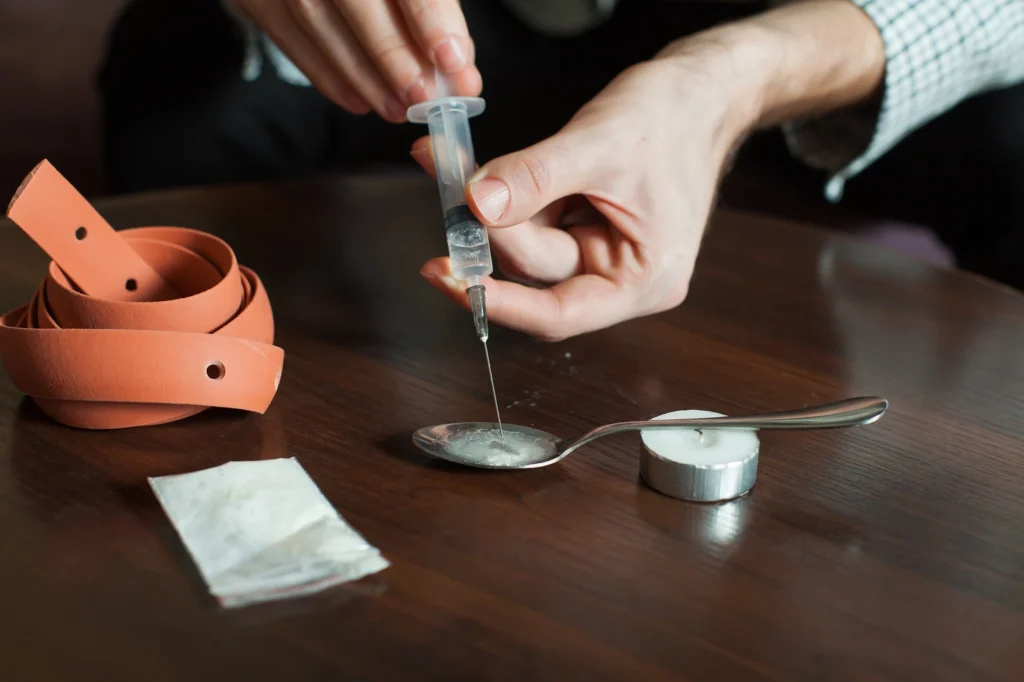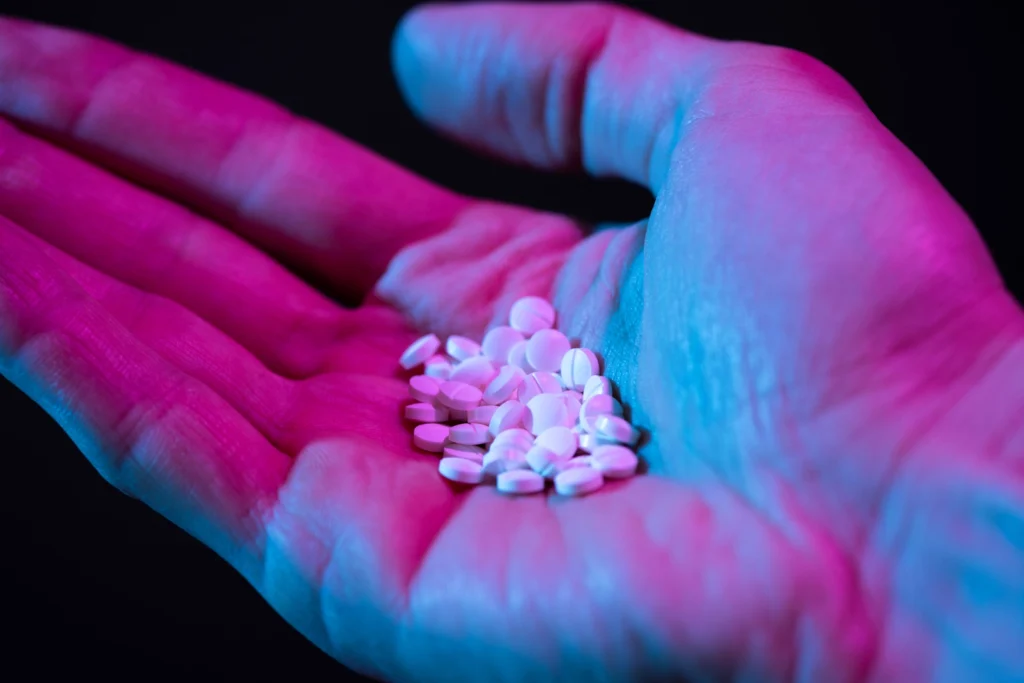Exploring the Effects of 15mg Adderall: Dosage, Side Effects, and What You Need to Know

Adderall is a central nervous system (CNS) stimulant and combination medication that has amphetamine and dextroamphetamine. Adderall may be prescribed for attention deficit hyperactivity disorder (ADHD) or narcolepsy.
There are several dosages and forms of Adderall, but the most common are 5 mg, 7.5 mg, 10 mg, 15 mg, 20 mg, and 30 mg tablets or capsules.[1]
Adderall has positive effects on the symptoms of ADHD and narcolepsy, including improved focus, better concentration, and alertness, but it can also cause euphoria and may be misused.
What Is Adderall?
Adderall is a combination medication that includes amphetamine and dextroamphetamine. It’s a central nervous system (CNS) stimulant, which makes it effective in treating ADHD and narcolepsy but a potential drug of abuse.
Based on data from the Substance Abuse and Mental Health Services Administration (SAMHSA), as of 2020, 1.8% of Americans aged 12 or older (5.1 million people) misused prescription stimulants like Adderall in the past 12 months.[2]
Adderall is commonly found in pill or capsule form with different dosages as a prescription drug. Illicit versions of Adderall or its misuse may involve altering the medication for non-prescribed routes of administration, such as snorting, smoking, or injecting.
How Is 15 mg Adderall Used in ADHD Treatment?
Because of Adderall’s potential for misuse and abuse, it’s often prescribed at a low dose and gradually increased until the desired effects are reached. A 15-mg dose of Adderall is within the usual range for Adderall immediate-release (IR) for ADHD.
Adderall comes in immediate-release (IR) and extended-release (XR) forms with different recommended dosages for ADHD and narcolepsy.
The usual adult dose of Adderall IR for ADHD is:[3]
- 5 mg orally one to two times a day as an initial dose.
- Gradual increase of 5 mg each week until optimal dosage is reached for maintenance.
- The recommended maximum daily dose of Adderall IR for ADHD in adults is typically up to 40 mg, with increases made cautiously and based on the individual patient’s response to treatment.
The usual adult dose of Adderall IR for narcolepsy is:[4]
- 10 mg orally per day in divided doses.
- The initial adult dose of Adderall IR for narcolepsy typically starts at 10 mg per day, with the possibility of divided doses, and may be adjusted based on the patient’s response and condition.
- The maximum dose is 60 mg in divided doses.
The usual adult dose of Adderall XR for ADHD is:[5]
- 20 mg orally once daily as an initial dose.
- Adderall can have potentially dangerous side effects and drug interactions. It’s crucial that you speak to your doctor before adjusting your dosage.
What Are the Effects and Potential Side Effects of 15 mg Adderall?
Adderall can be safe when used as prescribed, but it can have side effects. For people with ADHD, drugs like Adderall can improve alertness, focus, and concentration. It has a stimulating effect that releases dopamine to the brain, leading to euphoria and well-being.
The common side effects of Adderall may include:[6]
- Appetite and weight changes
- Stomach pain
- Mood changes
- Nervousness
- Rapid heart rate
- Dizziness
- Headache
- Insomnia
- Dry mouth
These side effects may subside after a few weeks of use.
There are more serious side effects that can occur with Adderall, including lower doses like 15 mg:[7]
- Heart concerns like faintness, breathing problems, and chest pain
- Circulation problems like skin color changes, numbness, and wounds
- Symptoms of psychosis, like hallucinations and delusions
- Seizures
- Muscle twitches
- Vision changes
While serotonin syndrome is a serious condition, it is primarily associated with the use of serotonergic drugs. Adderall, a stimulant, does not directly increase serotonin levels but can contribute to serotonin syndrome if combined with other serotonergic medications.
Hallucinations, rapid heart rate, stiff muscles, loss of coordination, agitation, nausea, and vomiting are common symptoms of serotonin syndrome.
If you suspect you may have serotonin syndrome, seek medical attention immediately.
Though uncommon, people can have an allergic reaction to Adderall and experience severe swelling of the face, lips, tongue, or throat and difficulty breathing. This is an emergency. Seek medical attention immediately.
Adderall is prescribed at the lowest effective dose for the shortest period of time to minimize adverse effects. Misusing Adderall can increase the risk of toxicity or an
Adderall overdose, which can be life-threatening. The symptoms of Adderall overdose include agitation, convulsions, nausea, hallucinations, and possible death.[8]
If you suspect someone is having an Adderall overdose, call 911 immediately. An overdose can be reversed with medical attention and support.
Tips to Use Adderall Safely and Responsibly
Adderall has legitimate medical uses as a treatment for ADHD and narcolepsy, but it can be misused and abused for its alertness and euphoric effects. People with a history of addiction should speak to their doctor before being prescribed Adderall.
Always get a prescription for Adderall and take it exactly as directed by your doctor. Don’t take Adderall at higher doses, more frequently, or for longer than prescribed without discussing it with your doctor.
Do not share your prescription with anyone else. Always store your Adderall in a safe location where other people, children, and pets cannot access it. Giving your Adderall prescription to others or selling it is illegal and could bring legal consequences.
Adderall may be misused or abused for its euphoric effects, to self-treat ADHD or narcolepsy, or as a way to lose weight. Students may take Adderall to stay awake for longer periods to study. This is extremely risky, not just because of the risks of Adderall itself, but because it can interact with other medications or be dangerous with certain medical conditions.
Because of the demand, fake or counterfeit Adderall is available on the illicit market. It resembles real Adderall, but there’s no way of knowing what the pills contain.
Illicit Adderall, real or fake, may also be laced with other substances, including fentanyl, increasing the risk of fatal overdose.
Addressing Adderall Abuse and Addiction

Adderall is a potential drug of abuse. Higher doses and misuse are more likely to lead to addiction, so never take Adderall at higher doses, more frequently, or for longer periods than prescribed.
Addiction to Adderall and other stimulant drugs is known as a stimulant use disorder in the Diagnostic and Statistical Manual of Mental Disorders, Fifth Edition (DSM-5), and includes criteria like:[9]
- Taking more Adderall or for longer periods than intended
- Unsuccessful attempts to stop or cut back on Adderall use
- Spending an inordinate amount of time obtaining and using Adderall
- Intense cravings
- Continuing Adderall use despite problems
- Experiencing withdrawal symptoms when stopping Adderall
Adderall Addiction Treatment
Adderall addiction can be devastating, but you’re not alone. If you want to stop taking Adderall, don’t quit cold turkey. Detox with a taper schedule is necessary to manage the symptoms of withdrawal and keep you safe and comfortable.
After detox, it’s important to enter a formal addiction treatment program with therapies tailored to your needs. With the right support and structure, you can identify the contributing factors that led to addiction and promote lasting recovery.
While Adderall has the potential for dependence and addiction, especially with misuse or abuse, when used as prescribed under the supervision of a healthcare provider, the risk can be managed. It’s important to follow your doctor’s instructions closely and discuss any concerns about dependence or side effects.
The longer you misuse or abuse Adderall, the more likely you are to develop an addiction. Don’t wait to get help. Talk to your doctor or a drug rehab center to get the help you need.




